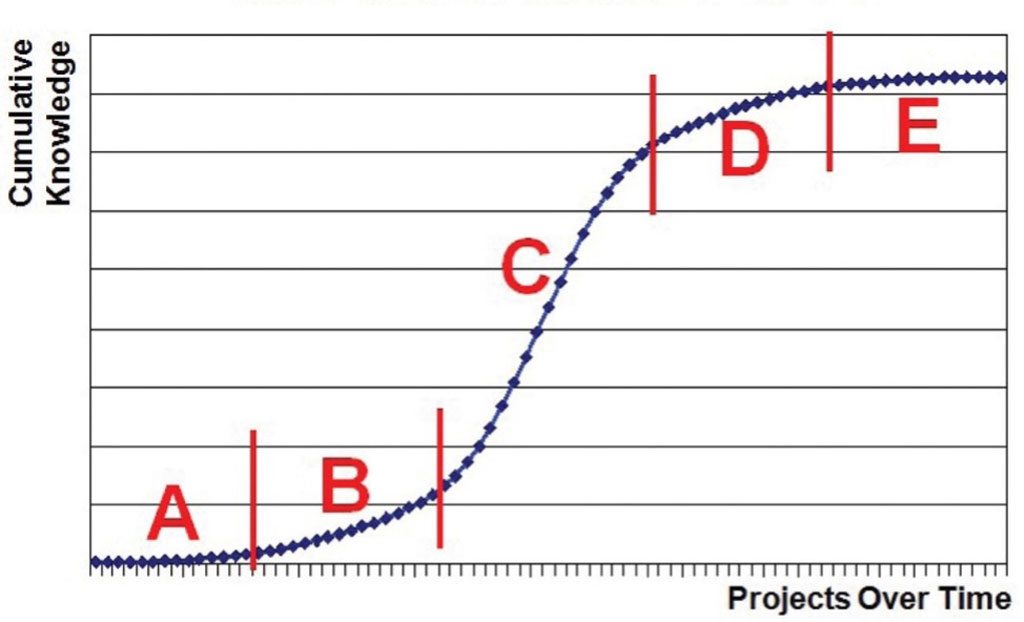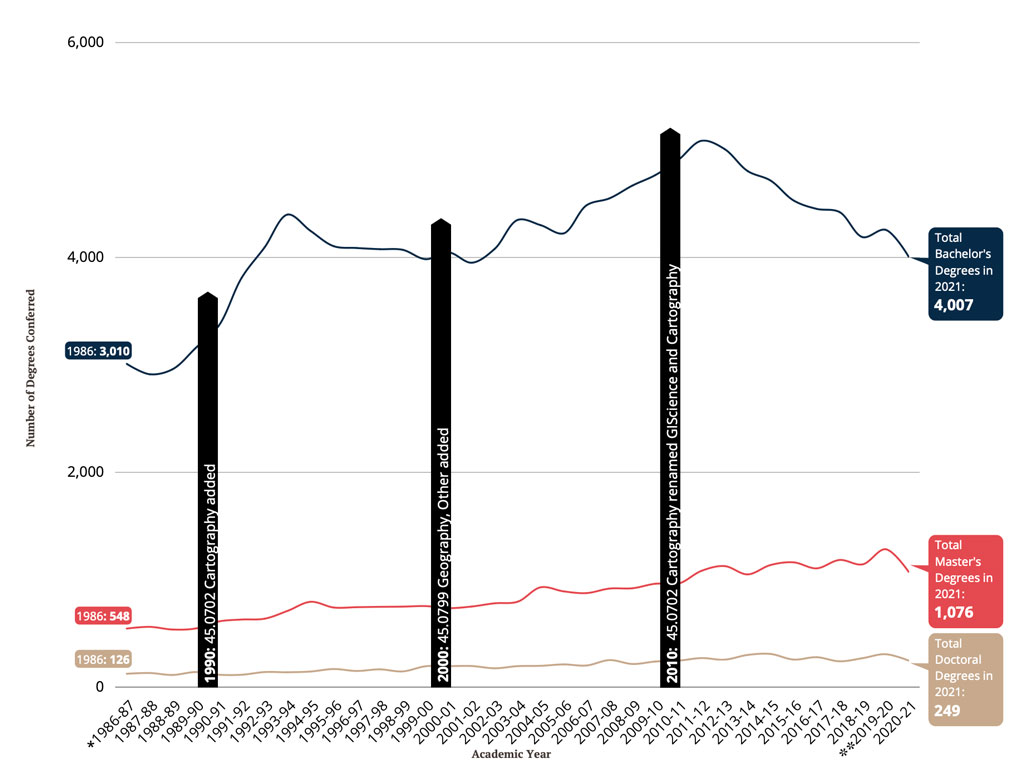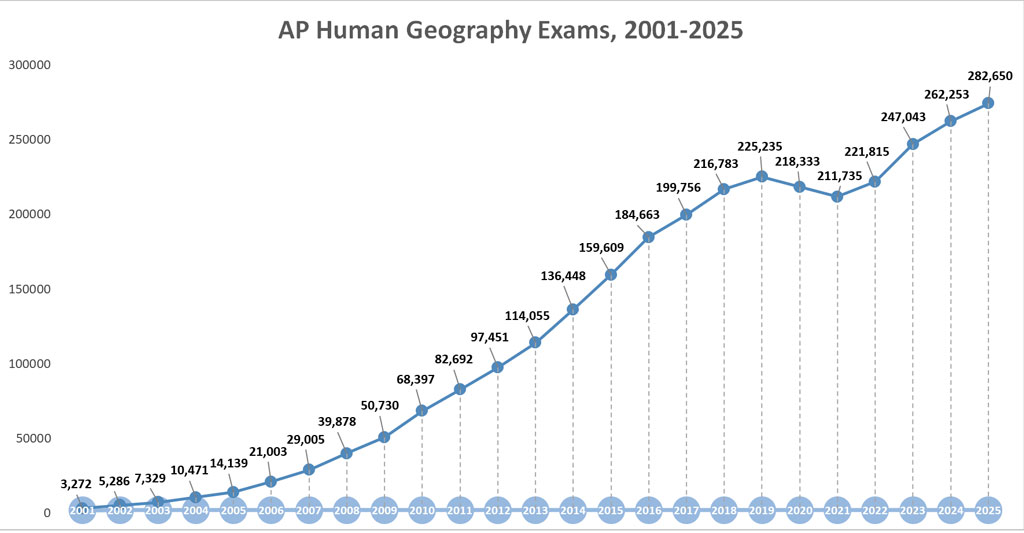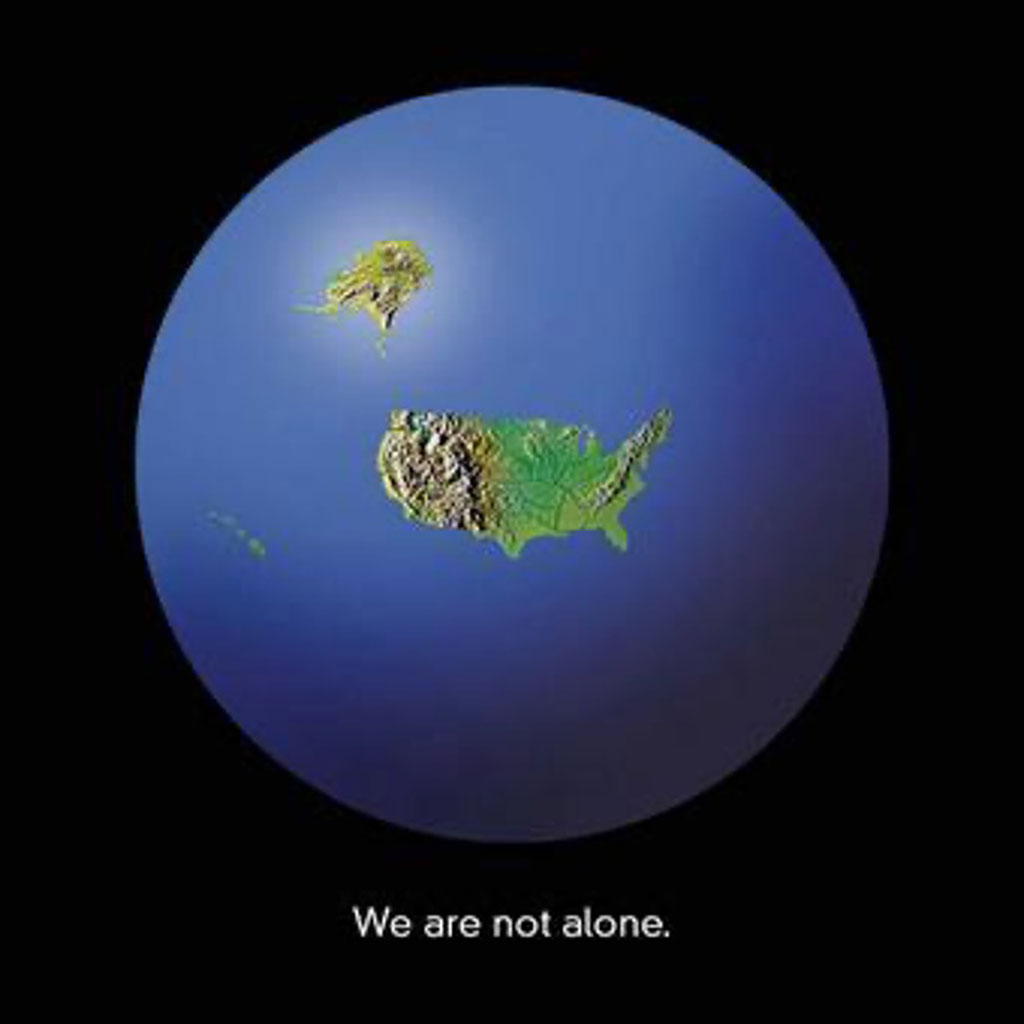The War in Gaza and an Inclusive AAG Process for a Thoughtful Response
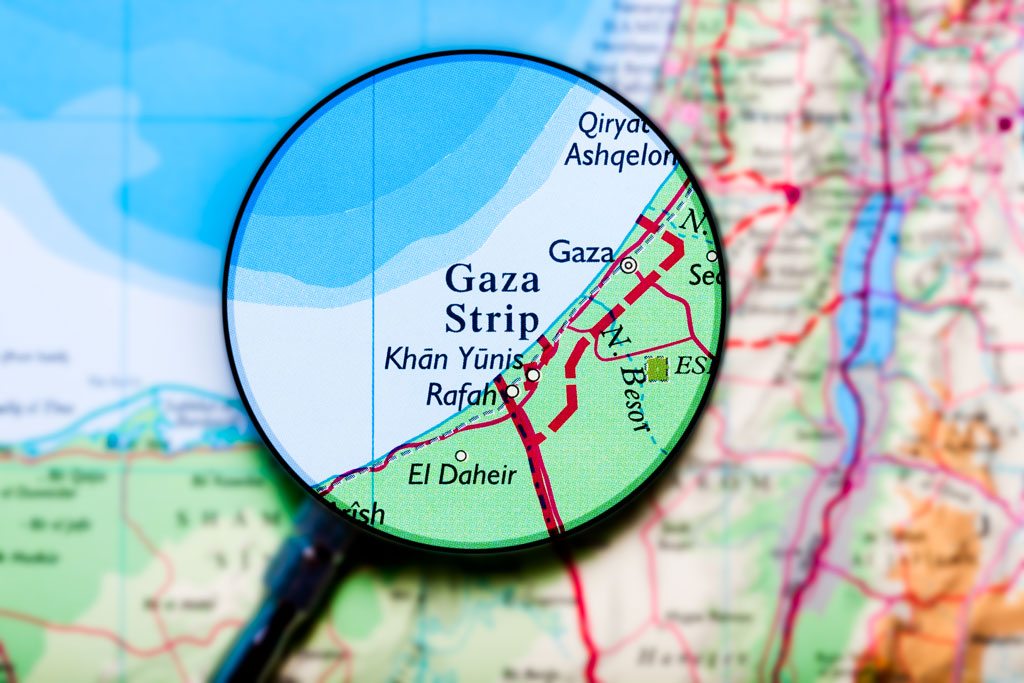
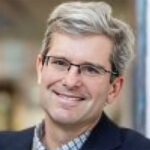
The AAG will hold a special meeting on October 3 in response to a membership petition asking the association “to endorse the BDS campaign for an academic boycott of Israeli academic institutions, and for financial disclosure and divestment of any AAG funds invested in corporations or state institutions profiting from the ongoing oppression of the Palestinian people.” Our bylaws state that if more than 10% of members sign a petition with a valid call, then the AAG will host such a special meeting. As this is a divisive issue, I write to clarify three points: 1) my personal perspective on the war in Gaza (which you deserve to know, but is irrelevant to the position of the AAG), 2) the AAG process for responding to troubling world events, and 3) some of the factors the AAG Council will need to consider before arriving at a decision on an appropriate AAG response to the situation in Gaza.
First, my own views. The situation in Gaza is deeply concerning and distressing to me personally. As some of you may know, much of my scholarship and United Nations (UN) policy work has dealt with food security and agricultural development in the Global South, often from a political ecology perspective. As per the Integrated Food Security Phase Classification (IPC) system, famine was officially declared in Gaza on August 22, 2025, confirming what many had long argued was an unfolding humanitarian crisis. It is significant and sobering that this respected and cautious UN-backed food security monitoring group concluded that all three thresholds that define a famine had been crossed. It calls the famine in Gaza “entirely man-made.” It further notes that there are “half a million people facing catastrophic conditions characterized by starvation, destitution and death.” The IPC report on Gaza comes nearly two years into an armed conflict with Israel that was triggered by the October 7, 2023 attack by Hamas. Israeli restrictions have limited the flow of food and aid into Gaza. I believe in the right to food as enshrined in the Universal Declaration of Human Rights and I stand against using food as a weapon of war. I also recognize the right of Israel to exist, condemn the October 7 attack and support a two-state solution. However, let it be clear that my own personal views matter no more than anyone else’s in our community and that the central question is whether and how the AAG might respond to this terrible situation. The AAG Council must make the best possible decision in relation to its mission and values, with the fullest possible input of our membership and according to our bylaws.
Second, what is the AAG’s process for considering a response to such a crisis? The AAG Council, the democratically elected representatives of the membership, has a legal and ethical obligation to consider actions called for in a membership petition or — in some cases — to decide how to respond to a crisis or government decision. In considering potential responses, the AAG Council must do so in a way that is in the best interest of the organization (also known as fiduciary responsibility). Typically, Council deliberations on potential actions include an analysis of relevant background information and occur without the active participation of the broader membership. However, because this deliberation was triggered by a membership petition, the AAG will engage in an open and transparent information collection process before the AAG Council arrives at a decision. The synchronous meeting of the membership on October 3 is intended to answer questions and kick-off an inclusive information collection process that provides the greatest potential for all members to participate. The process will involve a 60-day period in which any AAG member may asynchronously comment on a draft background document that will inform Council decision-making in regard to a potential AAG response to the situation in Gaza. This written comment option will be complemented by two AAG Council listening sessions (one closed session and one open to all members), both during the 60-day period. Members can sign up to share their perspectives on this matter with Council, starting on October 3. Once the background information collection period is complete, the AAG Council will deliberate on the best course of action, taking into account the concerns and perspectives of the membership as well as the mission and wellbeing of the organization.
Contrary to some views circulating, the October 3 zoom meeting will not entail an open debate among the AAG membership on the best course of action, nor a presentation by the petitioners or other groups (although this could happen in a subsequent listening session), nor a live vote of the membership. To undertake an open debate would be challenging (imagine an open zoom meeting with hundreds of members asking to speak). Furthermore, privileging some perspectives in featured presentations would be less than inclusive. Lastly, while I have received dozens of emails asking for a membership vote on the BDS proposal, this approach is not called for in our bylaws. Previous AAG membership votes have never been directly undertaken in response to a petition, but rather for an election, a bylaw change (such as the AAG name change) or on an issue at the request of the AAG Council.
Third, once the membership comment phase is complete, what types of issues might the AAG Council need to consider before arriving at a decision on an appropriate AAG response to the situation in Gaza? There are a range of potential responses, including divestment of AAG funds from organizations profiting from the oppression of the Palestinian people, an academic boycott of Israeli universities, endorsing BDS as a political movement, making a public statement about the situation in Gaza, calling for a vote of the membership on an action proposal, or no action. As noted previously, Council will need to consider all facets and nuances of these potential actions and make a decision that is consistent with the values and the well-being of the organization. In terms of our values, the AAG is committed to principles of justice, equity, diversity, and inclusion as outlined in the JEDI strategic plan and adopted by the organization in 2020. The AAG is also opposed to both Islamophobia and antisemitism, and we are dedicated to creating venues for free and open discussion of academic ideas.
While I could not possibly summarize all aspects the Council will need to consider (many of which will be in the aforementioned background document), let me just mention a couple issues that may be of interest to the membership. First, because of the work of the AAG’s climate action committee, we adopted socially responsible investment screening a few years ago. As a result, the AAG’s relatively small endowment (about 1.1% the size of my college’s endowment for example) does not have investments in the fossil fuel industry, arms manufacturing or occupied territories. Second, while the AAG could issue a statement about the situation in Gaza without violating nonprofit laws, endorsing BDS as a political movement may have complications. To wit, nonprofits, or 501(c)3 organizations, in the United States have strict restrictions on political endorsements. Furthermore, given that anti-BDS laws exist in 38 states, a BDS endorsement might inhibit our members in those states from using public funds to attend a regional or national AAG meeting. Lastly, the AAG is committed to academic freedom and we need to think carefully about any actions that might impede the free and open exchange of ideas.
In sum, the war in Gaza is deeply troubling, as were the attacks in Israel on October 7, 2023. While this issue has the potential to divide our membership, I have faith in the transparent and inclusive process that the AAG has embraced in its deliberations on the best potential response. While I understand that some of our members may be frustrated that we are debating this issue at all, or that the decision-making process is not moving quickly enough, it is important that we do this well. Healthy organizations are able to openly and fairly discuss contentious issues if they have a clear process for doing so. I am confident that our community will emerge from these deliberations stronger than ever.
Please note: The ideas expressed in the AAG President’s column are not necessarily the views of the AAG as a whole. This column is traditionally a space in which the president may talk about their views or focus during their tenure as president of AAG, or spotlight their areas of professional work. Please feel free to email the president directly at [email protected] to enable a constructive discussion.
